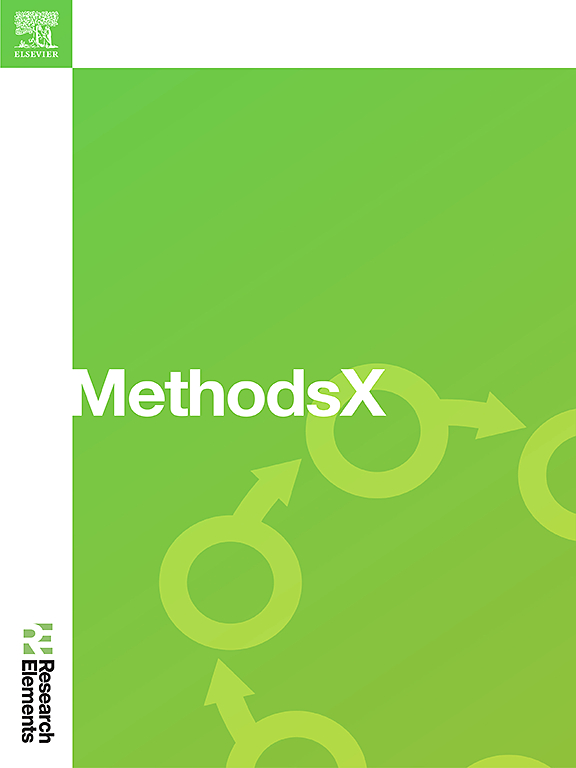Sustainability decision-making in poultry slaughterhouses: A comparative analysis of AHP and fuzzy AHP
IF 1.6
Q2 MULTIDISCIPLINARY SCIENCES
引用次数: 0
Abstract
The chicken meat industry is vital for global food security and economic growth but faces significant sustainability challenges, especially in balancing economic, environmental, and social aspects. Addressing these challenges in chicken slaughterhouses (CSH) in the Special Region of Yogyakarta, Indonesia, is crucial. This study aims to prioritize criteria for developing strategies to enhance CSH sustainability by comparing the Analytic Hierarchy Process (AHP) and Fuzzy Analytic Hierarchy Process (Fuzzy AHP) using different fuzzy numbers. The findings emphasize the need for a strategy that merges stakeholder engagement, technological innovation, and circular economy principles to advance sustainability. This study fills a research gap by applying multi-criteria decision-making in the poultry industry, which provides a deeper understanding of the robustness and sensitivity of sustainability assessments.
- •Employing AHP and Fuzzy AHP with different fuzzy numbers enriches sustainability evaluations by balancing precise judgments and expert uncertainties, which enhancing assessment robustness in the poultry industry.
- •Hygiene and sanitation, market competitiveness, and waste minimization are the three highest priorities for sustainable CSH operations across scenarios.
- •These findings highlight the need for strategies that integrate stakeholder engagement, innovation, and circular economy principles, addressing a gap in decision-making research for the poultry industry in developing regions.

家禽屠宰场可持续性决策:层次分析法与模糊层次分析法的比较分析
鸡肉产业对全球粮食安全和经济增长至关重要,但面临着重大的可持续性挑战,特别是在平衡经济、环境和社会方面。应对印尼日惹特区鸡屠宰场(CSH)的这些挑战至关重要。本研究旨在通过层次分析法(AHP)与模糊层次分析法(Fuzzy AHP)在不同模糊数下的比较,找出提高CSH可持续发展策略的优先标准。研究结果强调,需要制定一项战略,将利益相关者的参与、技术创新和循环经济原则结合起来,以促进可持续性。本研究通过将多准则决策应用于家禽业填补了研究空白,对可持续性评估的稳健性和敏感性有了更深入的了解。•采用不同模糊数的层次分析法和模糊层次分析法,通过平衡精确判断和专家不确定性,丰富了可持续性评价,增强了家禽业评价的稳健性。•卫生和环境卫生、市场竞争力和废物最小化是可持续CSH运营的三个最高优先事项。•这些发现强调需要制定整合利益相关者参与、创新和循环经济原则的战略,以解决发展中地区家禽业决策研究中的差距。
本文章由计算机程序翻译,如有差异,请以英文原文为准。
求助全文
约1分钟内获得全文
求助全文
来源期刊

MethodsX
Health Professions-Medical Laboratory Technology
CiteScore
3.60
自引率
5.30%
发文量
314
审稿时长
7 weeks
期刊介绍:
 求助内容:
求助内容: 应助结果提醒方式:
应助结果提醒方式:


